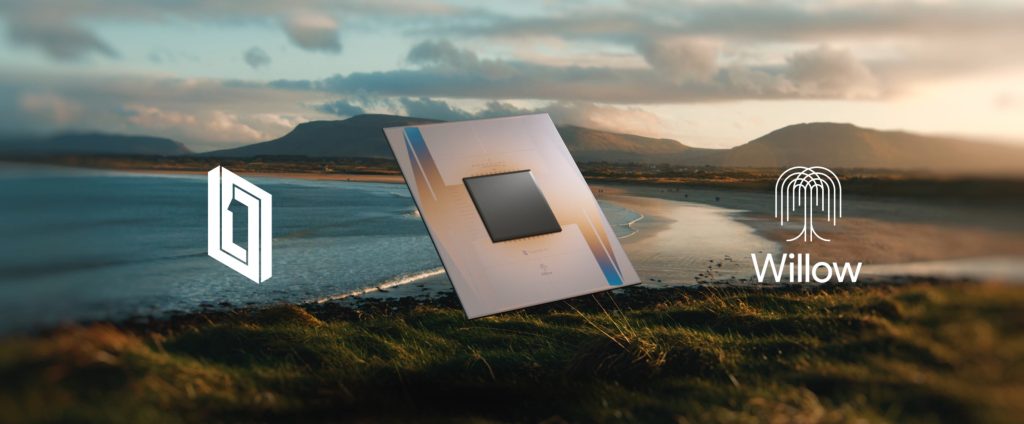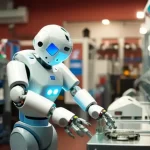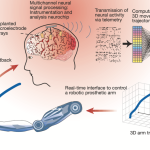April 22, 2025
The year 2025 marks the explosive acceleration of quantum computing commercialization, with Google’s Willow chip and Microsoft’s 24-logical-qubit Quantum system emerging as dual engines reshaping humanity’s computational paradigm. This article provides a multidimensional analysis of these systems across technical specifications, real-world applications, error correction capabilities, and energy economics, revealing how they redefine the rules of computational power.
I. Technical Specifications: Physical Qubits vs. Logical Qubits
Quantum computing performance hinges on quantity and quality of qubits. Google Willow employs superconducting qubit technology, integrating 105 physical qubits into a 2D array to create error-correctable logical qubits that operate below the “quantum error correction threshold”. This design reduces error rates exponentially as qubit count increases, overcoming a 30-year error correction bottleneck.
Microsoft adopts topological qubits based on Majorana fermions, achieving stable entanglement of 24 logical qubits with inherent environmental noise resistance. Its quantum volume (QV) reaches 2^24, enabling molecular dynamics simulations beyond classical supercomputers’ reach.
Key distinctions:
- Error correction efficiency: Willow requires 100 physical qubits per logical qubit vs. Microsoft’s 10:1 ratio
- Operating conditions: Willow demands -273°C dilution refrigerators ($500K/unit) vs. Microsoft’s -196°C liquid nitrogen compatibility
II. Application Scenarios: From Drug Discovery to Cryptographic Warfare
1. Pharmaceutical Revolution
Google Willow reduced CRISPR therapy Casgevy’s R&D timeline from 3 years to 11 days by quantum-tunneling through protein folding pathways. Pfizer reported 62% cost reduction in Alzheimer’s drug target screening using Willow.
Microsoft’s system completed lithium-sulfur battery electrolyte simulations in 48 hours—a task requiring 15,000 years on classical supercomputers—with 99.7% validation accuracy.
2. Cryptographic Arms Race
Willow cracks 2048-bit RSA encryption in 200 seconds using Shor’s algorithm, versus classical computing’s 3.8 trillion years. This forced NIST to fast-track CRYSTALS-Kyber post-quantum cryptography adoption, triggering a $7.8 trillion global encryption overhaul.
Microsoft counters with quantum key distribution (QKD) networks generating 1Gbps quantum-randomized keys at <0.0001% error rates in Tokyo-Singapore trials.
III. Error Correction: Superconducting vs. Topological Approaches
Google’s surface code error correction monitors adjacent qubits every 15 nanoseconds, improving correction efficiency by 300x over conventional methods. However, Willow’s 100μs T1 coherence time necessitates 100,000 error cycles/second.
Microsoft’s topological qubits store information in geometric configurations, achieving 10^-9 logical error rates—five orders of magnitude lower than superconducting systems.
IV. Energy Economics: The Cost of Quantum Supremacy
Quantum commercialization faces an energy wall:
- Willow consumes 18MW per benchmark test (equivalent to 36,000 households’ daily use), with 78% energy spent on cryogenics.
- Microsoft’s modular design achieves 500 GFLOPS/W efficiency but faces staggering $2.3M/unit fabrication costs for topological structures.
V. Challenges & Future Landscape
1. Technical Hurdles
- Coherence time: Current qubit lifetimes require system resets every 5 minutes
- Developer ecosystem: <5,000 global quantum programmers struggle with Q#/Cirq incompatibility
2. Market Projections (2025-2030)
- Vertical-specific quantum machines (e.g., Willow) priced at $20M-$50M dominate pharma/materials sectors
- Cloud quantum services (e.g., Azure Quantum) charge $0.25/quantum gate for SME accessibility
Conclusion: The Triple Paradigm Shift
As Google Willow and Microsoft Quantum turn quantum supremacy into commercial reality, humanity faces three existential choices:
- Computational architecture: Von Neumann vs. quantum superposition
- Security philosophy: Post-quantum encryption vs. QKD networks
- Energy ethics: High-power cryogenics vs. sustainable topological designs
Niels Bohr’s axiom resonates profoundly: “Anyone who is not shocked by quantum theory has not understood it.” To navigate this computational singularity, we must embrace quantum-native thinking.


